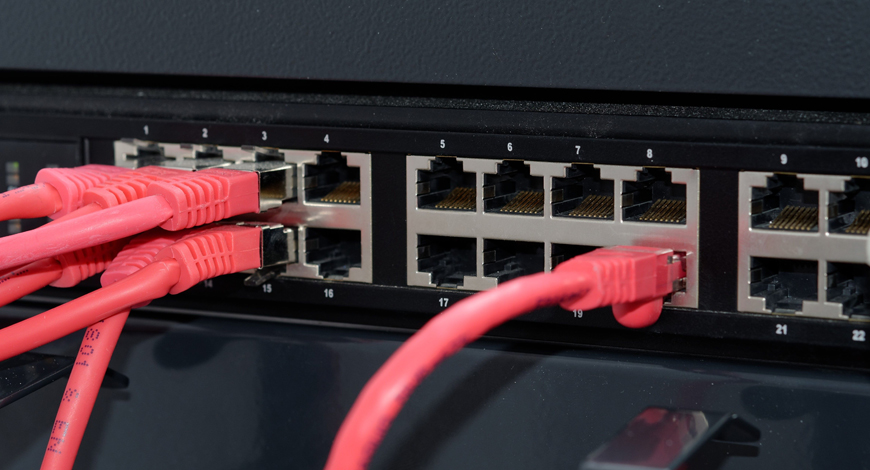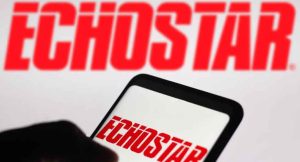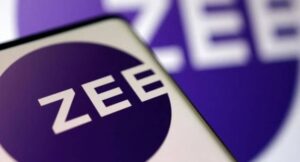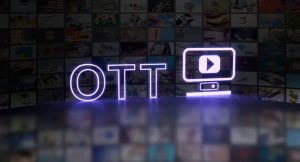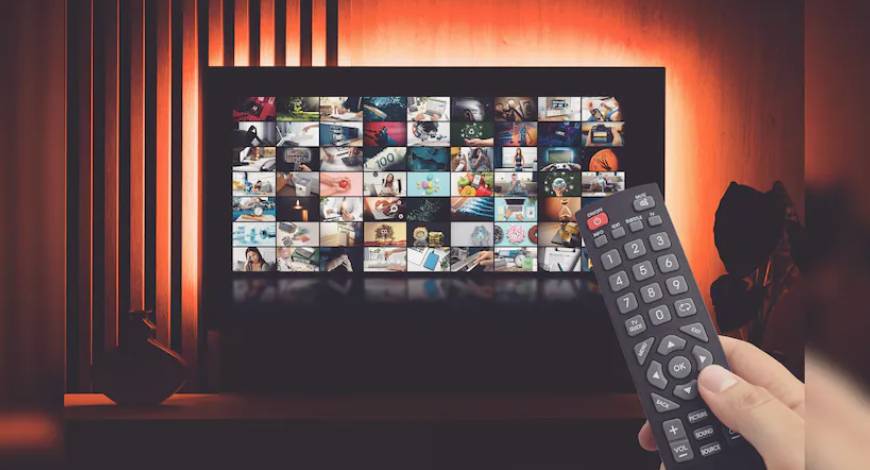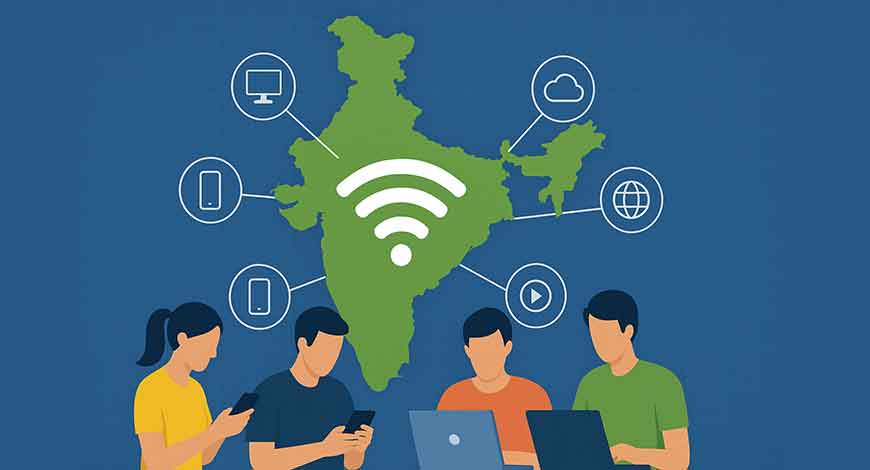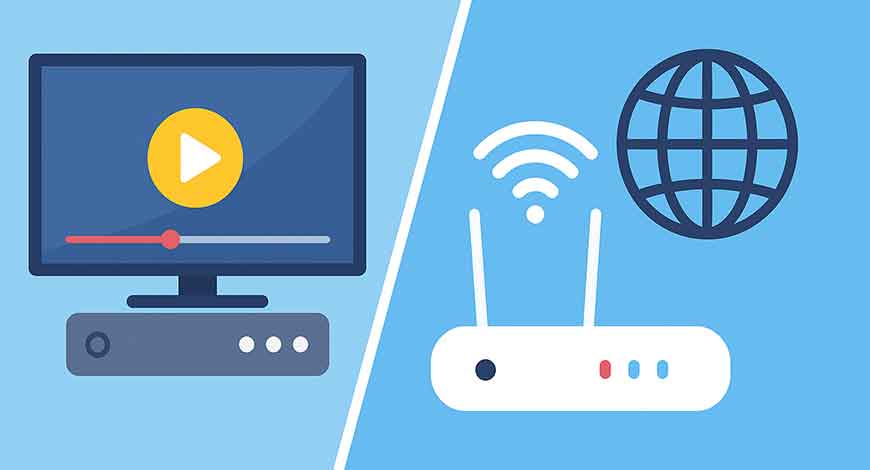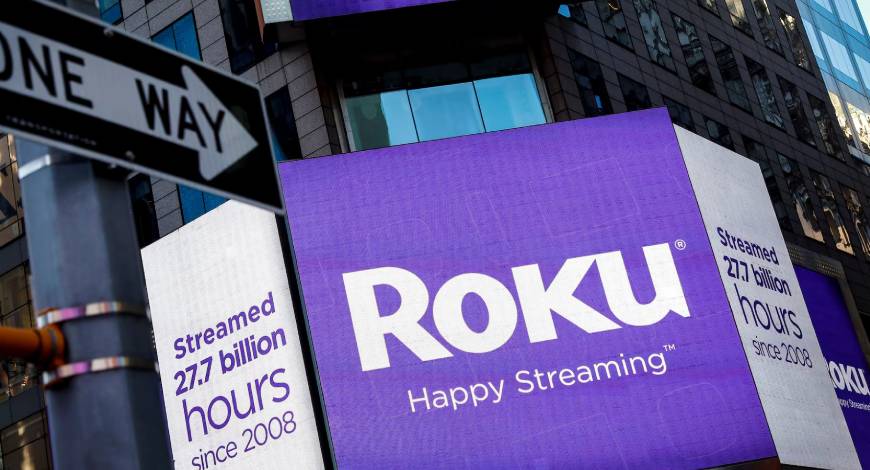India’s Over-The-Top (OTT) entertainment sector has witnessed explosive growth over the last decade, driven by improved internet penetration, affordable smartphones, and diverse content offerings. However, a significant characteristic defines this landscape: mobile-first consumption. Even as Connected TVs (CTV) register increased adoption, particularly in urban areas, the majority of users across India continue to access OTT platforms through their smartphones.
This article explores the current state of OTT in India, the factors behind mobile-first dominance, the gradual rise of CTV, subscription trends, regional content’s influence, and the future outlook for both formats. With millions of viewers in smaller cities and cost-sensitive regions, mobile remains the preferred device for streaming, while premium segments adopt CTV for enhanced viewing experiences.
India’s OTT Market at a Glance
According to TRAI’s data as of May 2025, India boasts over 930 million mobile internet subscriptions, whereas fixed broadband connections hover around 7.79 million, which typically support multi-screen and CTV setups. This disparity reflects the accessibility, affordability, and convenience of mobile devices over larger, high-cost internet infrastructure in many parts of the country.
The OTT market in India is estimated to reach USD 8 billion by 2026, growing at a compound annual growth rate (CAGR) of around 20-25%. Despite this impressive growth, the distribution of streaming devices reveals a clear pattern:
- 80%+ users stream via smartphones, especially in tier-II and tier-III cities.
- CTV adoption is rising, but remains concentrated in metros and affluent households.
- Ad-supported models and low-cost subscription plans dominate the entry-level market.
Why Mobile Streaming Leads the OTT Revolution
1. Affordability and Accessibility
Mobile data plans in India are among the cheapest globally, encouraging consumption even in lower-income demographics. Devices priced under ₹10,000 offer functional streaming capabilities, whereas CTVs and broadband infrastructure require higher upfront investments and recurring costs.
2. Portability and Convenience
Streaming on-the-go appeals to users who commute, travel, or lack dedicated spaces for TV viewing. Mobile-first platforms like MX Player, JioHotstar, and SonyLIV have leveraged this lifestyle pattern, providing entertainment wherever the user is.
3. Regional Content Drives Engagement
Localized content in languages such as Hindi, Tamil, Telugu, Bengali, Bhojpuri, Punjabi, and Marathi is a major driver for mobile usage. Platforms like Chaupal, which focus on vernacular entertainment, report that users prefer smaller, affordable plans and often engage with content in short bursts during daily routines.
4. Social Sharing and Community Engagement
Mobile devices integrate seamlessly with social media apps like WhatsApp, Instagram, and Facebook, enabling users to share links, reviews, and recommendations. Viral clips, user-generated content, and meme-based marketing further amplify mobile consumption.
The Emerging Role of Connected TVs (CTV)
While mobile dominates entry-level consumption, CTV adoption is steadily growing, especially among:
- Urban households with higher disposable income.
- Families seeking shared viewing experiences.
- Viewers demanding premium content in high resolution.
Key Features Driving CTV Adoption:
- 4K streaming and better picture quality
- Ad-free subscription models
- Multi-device support and family plans
- Live sports and event-based content
- Smart interfaces and voice-enabled controls
Premium services like Netflix, Amazon Prime Video, Disney+ Hotstar, and SonyLiv are expanding their presence on smart TVs, offering exclusive originals and curated libraries tailored to urban users.
Subscription Trends: Paid, Free, and Hybrid Models
1. Paid Subscriptions – Plateauing but Premium-Focused
The cost of acquiring customers and producing original content has driven platforms to increase subscription rates. However, price hikes are carefully calibrated to avoid losing budget-conscious users. Many platforms now offer tiered plans, where mobile-only subscriptions start as low as ₹49 per month, while family or multi-screen plans range up to ₹999 per month.
2. Ad-Supported Free Streaming
Ad-supported video-on-demand (AVOD) models fill the affordability gap. Platforms like Amazon MX Player, JioHotstar, and ZEE5 offer free libraries but rely on older content, syndicated shows, or reruns to attract casual viewers. These services act as funnels, encouraging users to upgrade to premium experiences.
3. Hybrid Models
Some platforms combine both subscription and advertising, providing lower entry points while offering upgrade paths for uninterrupted viewing. These models help platforms retain customers while generating ad revenue.
Regional Content: The Heart of Mobile Streaming
India’s linguistic diversity shapes OTT consumption more than any other factor. In regions where content availability in native languages is scarce, mobile platforms have emerged as cultural hubs.
Why Regional Content Works:
- Users trust platforms offering familiar stories and actors.
- Short-form content aligns with casual viewing habits.
- Local festivals, politics, and social issues create engagement opportunities.
- Regional advertisers target audiences more effectively through localized campaigns.
Platforms like Chaupal, Hoichoi, Aha, and Sun NXT are leading the charge by tailoring content to regional preferences, particularly on mobile-first plans.
Challenges for OTT Growth
- Rising Content Costs – Original programming, licensing, and marketing expenses are pushing subscription prices upward.
- Infrastructure Gaps – Broadband penetration is still limited outside major cities, restricting CTV expansion.
- Data Privacy and Cybersecurity – Mobile streaming often relies on public networks, exposing users to potential risks.
- Content Saturation – The abundance of platforms has made content discovery a challenge, leading to viewer fatigue.
- Ad Blockers – Increased use of ad blockers affects AVOD revenue models.
What the Future Holds
The OTT landscape in India is expected to evolve along two distinct paths:
Mobile-First Expansion
- Continued investment in affordable, data-efficient streaming solutions.
- Regional content partnerships and vernacular creator ecosystems.
- Social media-driven marketing and influencer collaborations.
CTV Premium Growth
- Enhanced home entertainment experiences through smart TVs.
- Integration of gaming, education, and fitness content.
- Cross-platform subscriptions bundling OTT with broadband services.
Industry experts anticipate that by 2030, CTV may capture 20–25% of OTT consumption in urban areas, while mobile streaming will continue to serve 70%+ of users nationwide.
Conclusion
India’s OTT ecosystem reflects the diversity of its viewers—cost-sensitive rural populations embracing mobile devices, and urban families exploring premium CTV experiences. Mobile-first consumption remains the driving force behind growth, supported by affordable data, regional content, and on-the-go accessibility. At the same time, CTV adoption is slowly reshaping viewing habits among premium users seeking immersive entertainment.
For platforms aiming to scale in this competitive environment, understanding regional preferences, offering flexible plans, and balancing paid and ad-supported models will be key to long-term success. The streaming revolution in India is far from over—it’s only getting started.
The NewsBit Bureau
